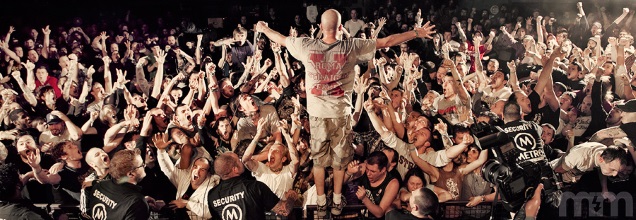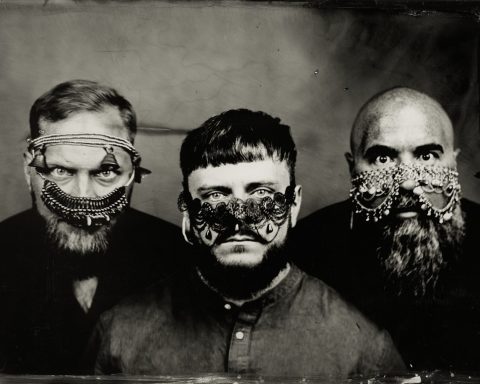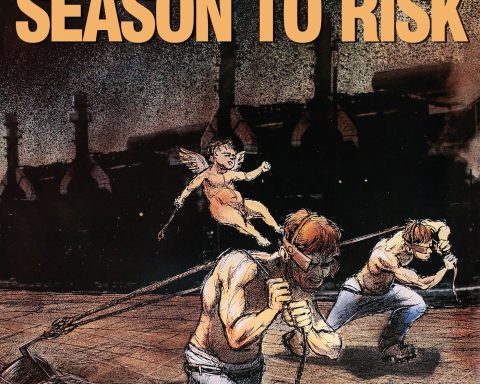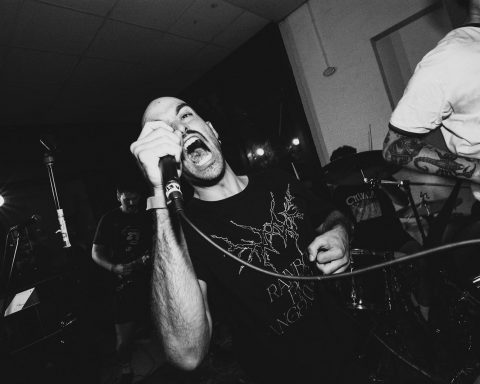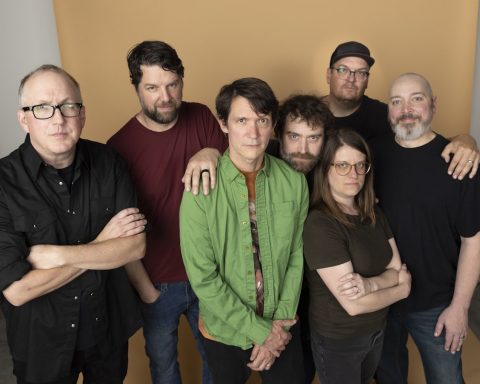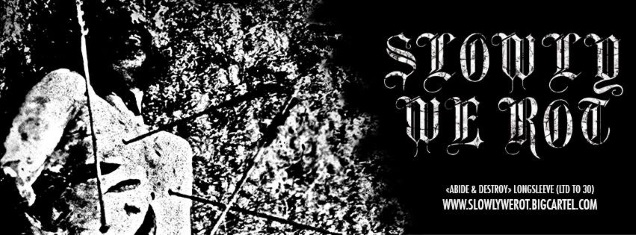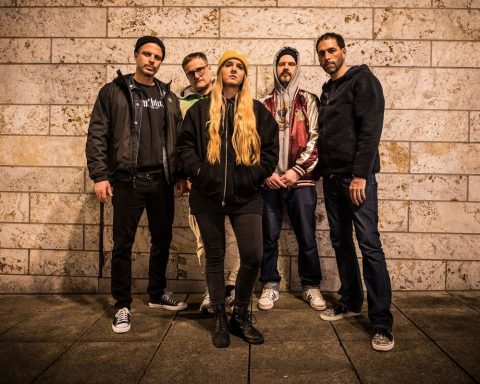Does this issue lies more with the psychology of women, or rather the harsh nature of male participants? Find out Alyssa Kai‘s stand on that matter in the article below.
If there is one ethos of punk, and especially DIY (Do It Yourself) punk, it is that the punk world is for everybody: anyone can sing, anyone can play, anyone can listen, anyone can participate.
But in reality, men run the scene, men are the scene, and men always have been and probably always will be at the center of the scene. As a trans woman, sometimes I just go through the motions: I do my work, I perform my best, I seek out my moments of joy.
But it’s never perfect, and it’s occasionally awful: without warning, in the audience or on a stage, I’ll hear someone say, “This song is about feminism, which means: How hard it is to have a vagina in this world!” or “I saw Ralph in a dress the other day, that was pretty funny” or “That last songwriter, he was pretty cool”. And I’m suddenly rocking out here on the outside, but only listening in on the thing I love. And even if I don’t walk out, I’m still gone, excluded from the supposedly ultra-inclusive community I’m trying to build.
If you want – and most people do want – you can retell the early history of punk exclusively by referencing white men: Johnny Rotten in London, Joey Ramone in New York, Henry Rollins in Los Angeles, and so on and so forth. When you look between the gaps, of course you find women and people of color everywhere: Death and Algebra Mothers in Detroit,X-Ray Spex and Genesis Breyer P-orrige in the UK, Bad Brains andJayne County around the US, and of course Ron Reyes, Dez Cadena and ROBO of the all-too-often whitewashed Black Flag. But that’s exactly the problem: we find these important, influential, wonderful groups in the gaps. They’re marginalia in the “real history” while the boy-bands get to be “real punk”. My peers can write’zines, make comics, compose essays, but they’re somehow not punk enough.
GO HERE to read the full piece.
Photo by Matt Miller.



